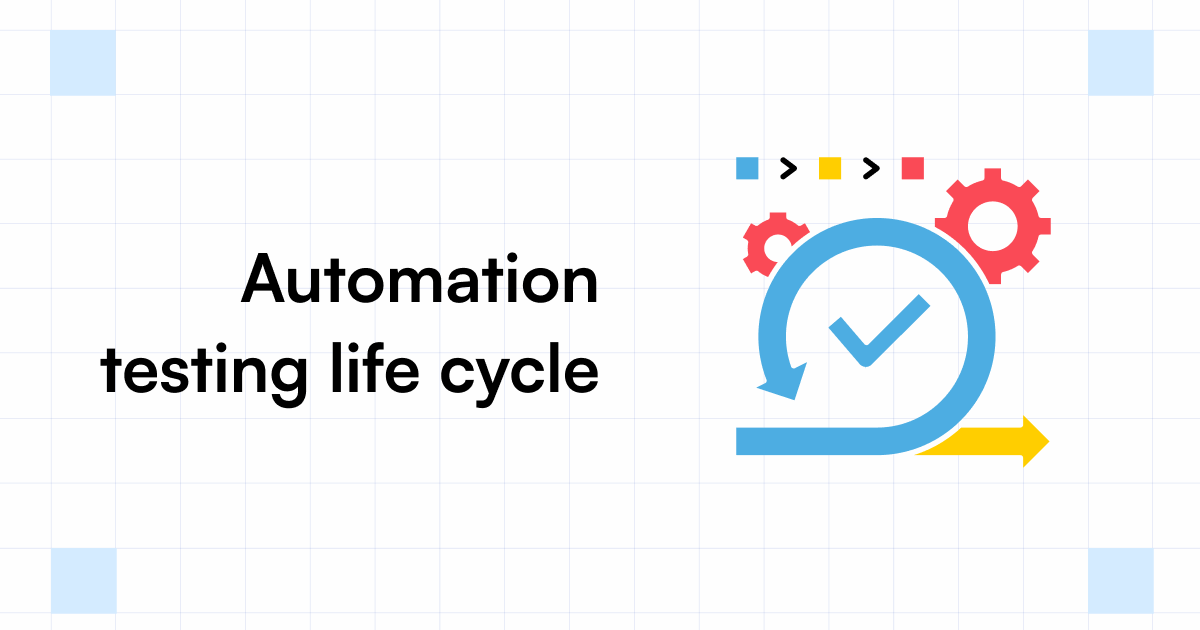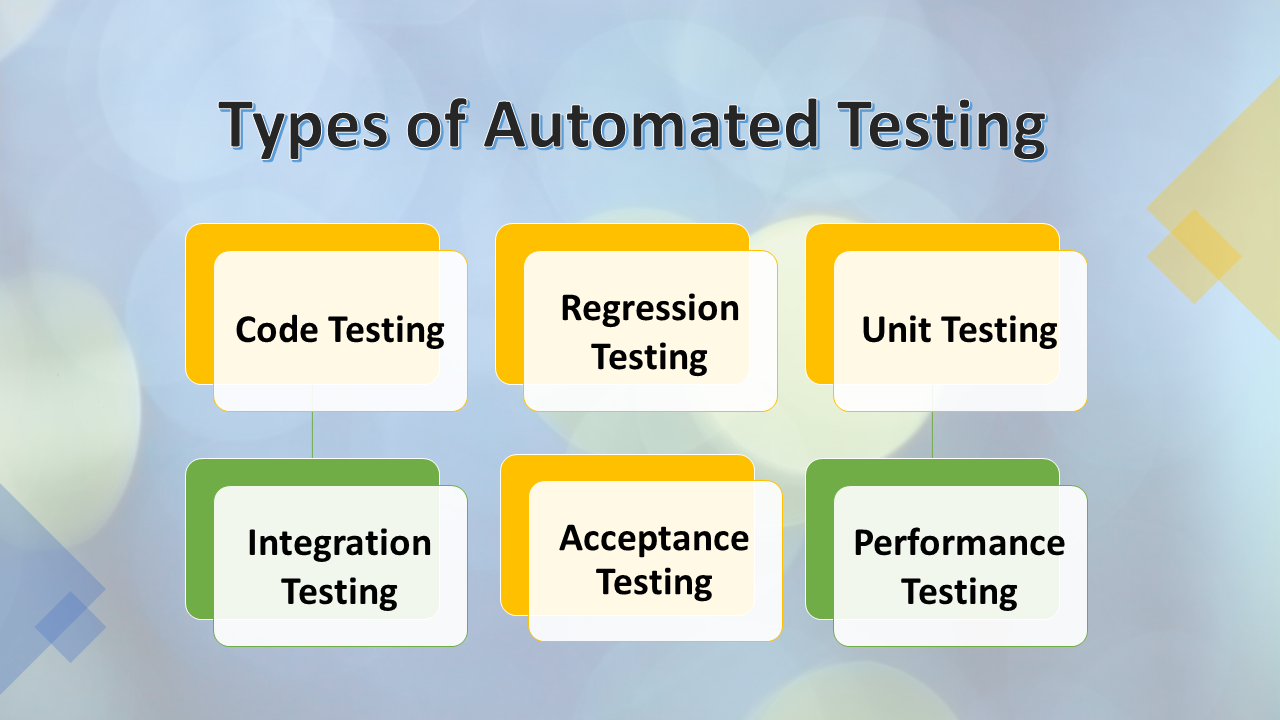From Manual to Automated Screening: A Comprehensive Guide to Transitioning Efficiently and Effectively
In the world of software testing, the shift from guidebook to automated procedures has come to be an increasingly vital transition for organizations seeking to improve performance and accuracy in their testing methods. The journey from handbook to automated screening is not without its difficulties, yet when approached strategically and with a clear plan in mind, the advantages can be substantial.
Benefits of Automated Evaluating
Automated screening uses countless benefits, improving efficiency and accuracy in software application growth procedures. Automated examinations can be run concurrently on numerous tools and operating systems, significantly speeding up the screening phase compared to hands-on testing.
In addition, automated testing ensures a higher degree of precision in discovering issues. Consistency in testing is likewise improved, as automated tests perform the very same actions precisely each time they are run.
Picking the Right Tools

To start with, analyze your goals and needs. Understand the extent of your project, the modern technologies entailed, and the ability of your team. This analysis will certainly assist you figure out the abilities and attributes you need in your testing devices.
Secondly, think about the compatibility of the tools with your existing systems and processes. Smooth integration with your current software advancement lifecycle is vital to guarantee a smooth transition to automation.
Additionally, evaluate the scalability and flexibility of the tools. As your testing requires evolve, the tools should have the ability to adapt and accommodate modifications efficiently.
Lastly, consider the assistance and area around the tools. When applying automated testing, robust support and an active user community can offer useful resources and aid. By thoroughly thinking about these facets, you can pick the right tools that straighten with your needs and set the phase for a successful change to automated screening.
Composing Effective Test Manuscripts

When crafting examination scripts, it is necessary to think about the certain demands of the software being evaluated and make sure that the manuscripts attend to all vital functionalities. Clear and detailed calling conventions for examination manuscripts and test instances can enhance readability and maintainability. Additionally, including error handling devices within the test manuscripts can assist in identifying and attending to concerns promptly.
Furthermore, organizing test scripts into modular elements can enhance reusability and scalability, reducing redundancy and improving effectiveness in examination manuscript upkeep. Regular evaluations and updates to examine scripts are vital to equal developing software demands and capabilities. By adhering to these concepts, testers can produce reliable and robust test scripts that contribute substantially additional resources to the success of automated testing processes.
Integrating Automation Into Workflows
Reliable assimilation of automation tools into existing workflows enhances and improves procedures performance within software application growth cycles. When integrating automation into process, it is critical to recognize recurring jobs that can be automated to conserve time and decrease human error. By perfectly integrating automated screening tools like Selenium or Appium into the software program growth lifecycle, teams can attain faster responses on code modifications, causing quicker bug detection and resolution. This integration enables continuous screening throughout the advancement process, making sure that any kind of problems are determined beforehand, causing greater software application high quality. Furthermore, automation can be made use of to trigger examinations instantly after each code devote, providing prompt recognition and maximizing testers to concentrate on even more facility scenarios. Proper assimilation of automation tools needs partnership between development, testing, and operations groups to develop a unified workflow that enhances efficiency and effectiveness in providing high-grade software program items.
Ensuring a Smooth Shift
Efficiently transitioning to automated testing involves thorough planning and cautious execution to make best use of and reduce disruptions effectiveness in the software application advancement procedure - automation testing. To guarantee a smooth change, it is necessary to start this link by conducting a complete assessment of the current testing processes and recognizing locations where automation can bring the most significant benefits. Engaging with all stakeholders at an early stage in the procedure, including designers, testers, and task supervisors, is essential for garnering assistance and buy-in for the automation campaign
Communication is key during this transition phase. Clear interaction of the objectives, benefits, and expectations of automated screening aids to manage any kind of resistance or concerns that might emerge. In addition, offering ample training and sources for group members to upskill in automation devices and methods is important for making certain a successful transition.

Final Thought
Finally, transitioning from guidebook to automated screening uses countless benefits, consisting of increased performance and reliability. By choosing the appropriate tools, writing effective examination manuscripts, and integrating automation flawlessly right into process, organizations can guarantee a effective and smooth change. It is important to welcome automation as an important property in software testing procedures to boost total top quality and productivity.
In the realm of software program screening, the shift from guidebook to automated procedures has actually come to be an increasingly essential change for organizations seeking to boost effectiveness and accuracy in their screening practices. Automated tests can be run all at once on multiple tools and running systems, drastically speeding up the screening phase compared to hands-on screening. Consistency in testing is likewise enhanced, as automated tests carry out the same actions exactly each time they are run.To make certain the effective execution of picked testing devices, the production of effective examination manuscripts plays a crucial role in validating the functionality and efficiency of description automated processes - automation testing. By following these principles, testers can create durable and reliable examination manuscripts that add significantly to the success of automated testing processes